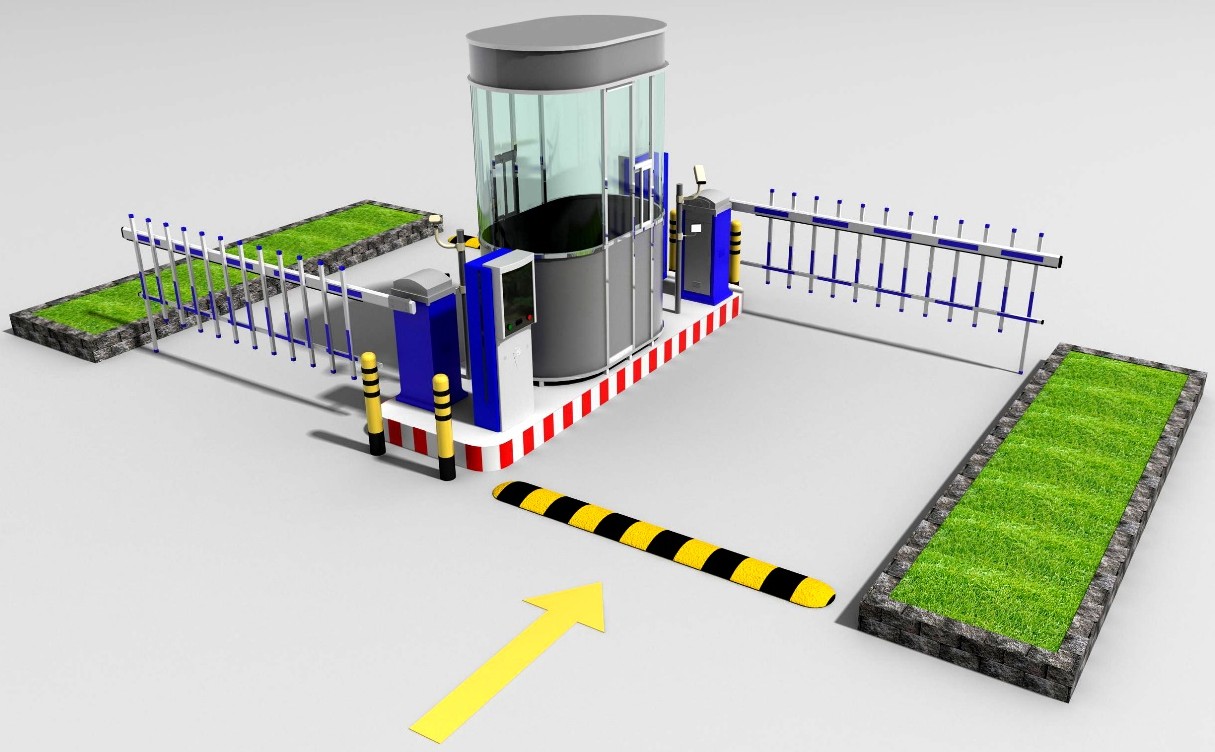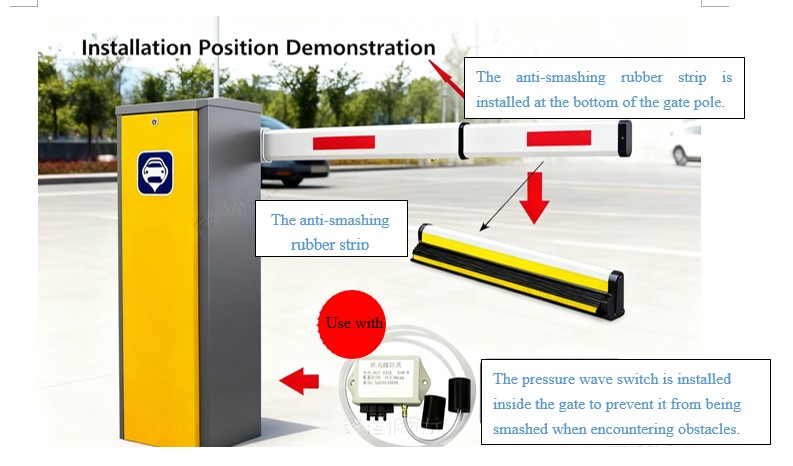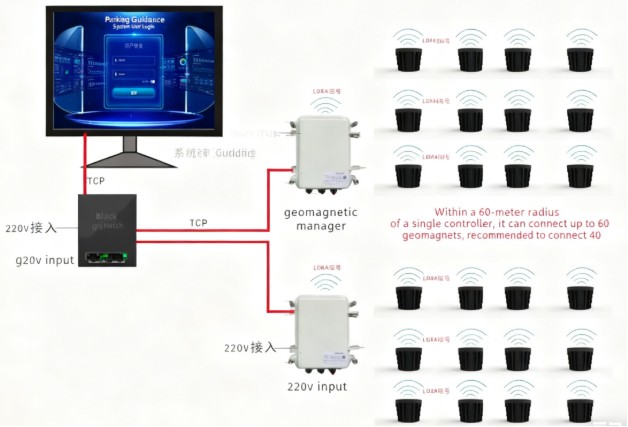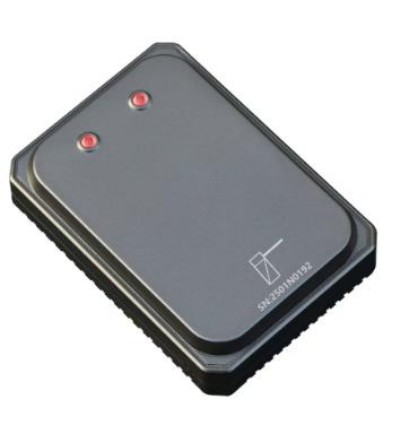How is the Anti-crash Function of the Boom Barrier Achieved?
2025-11-07
As the number of urban vehicle users gradually increases, many road intersections or parking lots have adopted Automatic Number-plate Recognition(ANPR) technology. The most prominent application is in parking lots. Now, several large parking lots, such as residential areas, shopping malls, airports, etc., have been renovated. The parking process has been improved from the traditional method of moving the card to the current License Plate Recognition(LPR). This has continuously improved the efficiency of parking operations. Continuous improvements and technological innovations not only improve the efficiency of vehicle entry and exit from the parking lot, but also significantly reduce the previously frequent occurrence of vehicles being hit by barrier gates. So what anti-vehicle accident technologies are used in the smart ANPR system?

Install the ANPR system for vehicles at doors, outdoor parking lots or underground parking entrances and exits. The ANPR cameras capture and record vehicles entering or leaving, then activate the boom barrier to release them, allowing a quick entry and exit without any user interaction. The ANPPR system integrates electric barriers, access control terminals, matri recognition, coil detectors and other access equipment to calculate and limit parking time for each vehicle. It also includes anti-theft and anti-skip functions, enabling more effective identification and management of vehicles passing through entrances and exits.
1. Pressure wave anti-smashing device
Also known as obstacle prevention and impact avoidance, it consists mainly of the installation of an obstacle prevention return device. When the boom barrier pole descends and comes into contact with a vehicle or peat(the contact force is adjusted), the rubber strip placed under the boom barrier pole is subjected to resistance. The intelligent return for the prevention of obstacles immediately turns the fall state into an ascending state. The boom barrier pole is automatically raised to prevent it from hitting cars or people.
This anti-smashing device consists of three parts——anti-smashing rubber strips, rubber air tubes, and pressure wave interrupter. When the boom barrier pole descends and its bottom hits an object, the rubber air tube is deformed under pressure, and the internal sealed gas transmits the pressure to the pressure wave switch sensor. When the pressure sensor detects the pressure, it emits a signal to the control lever of the boom barrier pole, causing the boom barrier pole to rise automatically, preventing accidents caused by the automatic lowering of the bomm barrier pole. When the object is removed, the shape of the rubber tube returns to normal, and the boom barrier pole descends again.

2. Infrared anti-smash
This method is to install infrared radiation devices on both sides of the entrance and exit boom barrier gates. When the gate pole is lowered, if a vehicle enters and the infrared rays are blocked, a signal will be sent to drive the gate pole to rise automatically, and the response is quick.

3. Ground sensor coil to prevent smashing
Ground sensor coils (also known as induction coils or vehicle detection coils) are a common vehicle detection technology in parking barrier systems. Their anti-smashing function primarily detects the presence and movement of vehicles, ensuring that the boom barrier pole does not accidentally fall and strike vehicles or pedestrians. Ground sensing coils primarily rely on electromagnetic induction, detecting inductance changes caused by vehicles and controlling the raising and lowering of the boom barrier pole. Their main advantages are stability and low cost, but they must be combined with other sensors (such as radar and infrared) to compensate for their inability to detect pedestrians.

4. Radar anti-smashing
Boom barrier radar anti-collision technology primarily uses radar sensors to detect obstacles or moving objects beneath the barrier in real time, preventing the boom barrier pole from collapsing and causing collisions if vehicles or pedestrians have not completely pass it. Commonly used 24 GHz or 77 GHz radars transmit electromagnetic waves and receive reflected signals to detect the distance, speed, and direction of movement of objects beneath the boom barrier. By analyzing the frequency changes of the reflected waves, the radar determines whether an object is approaching or receding, distinguishing between static obstacles (such as parked vehicles) and moving objects (such as pedestrians and pets).






